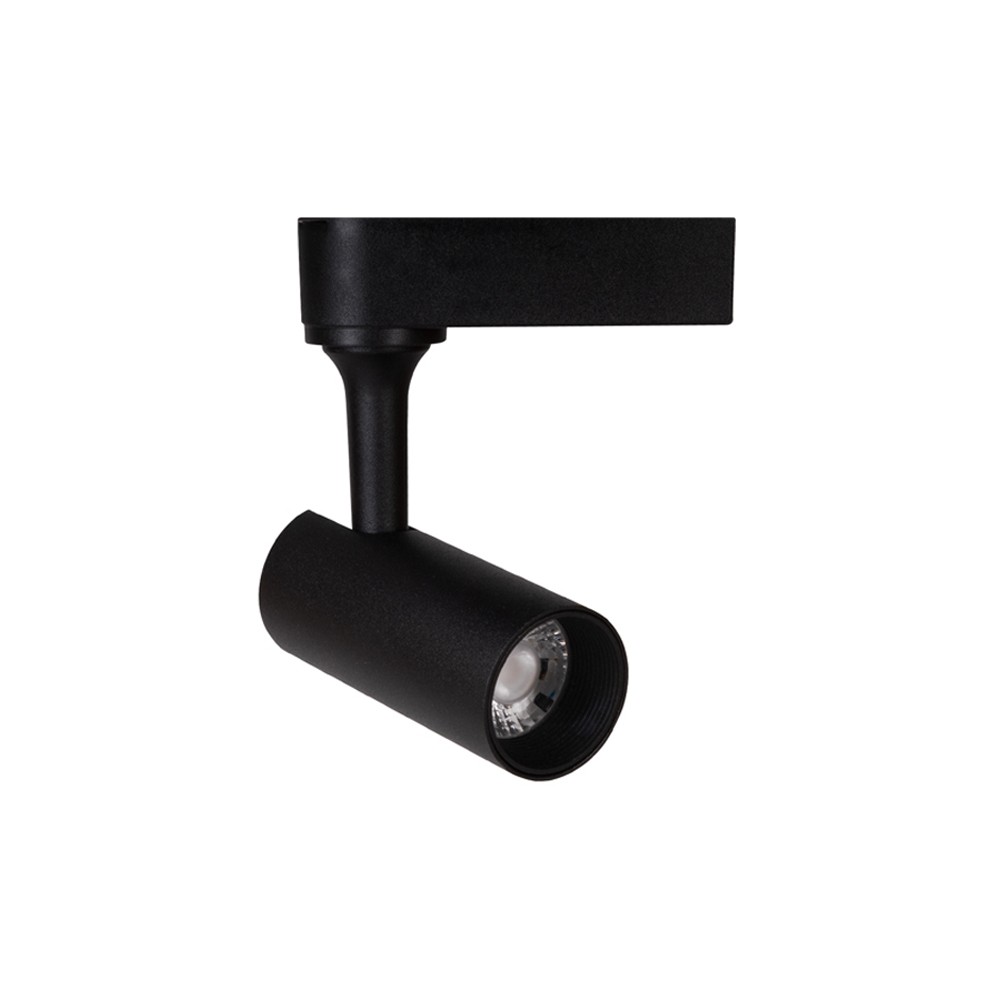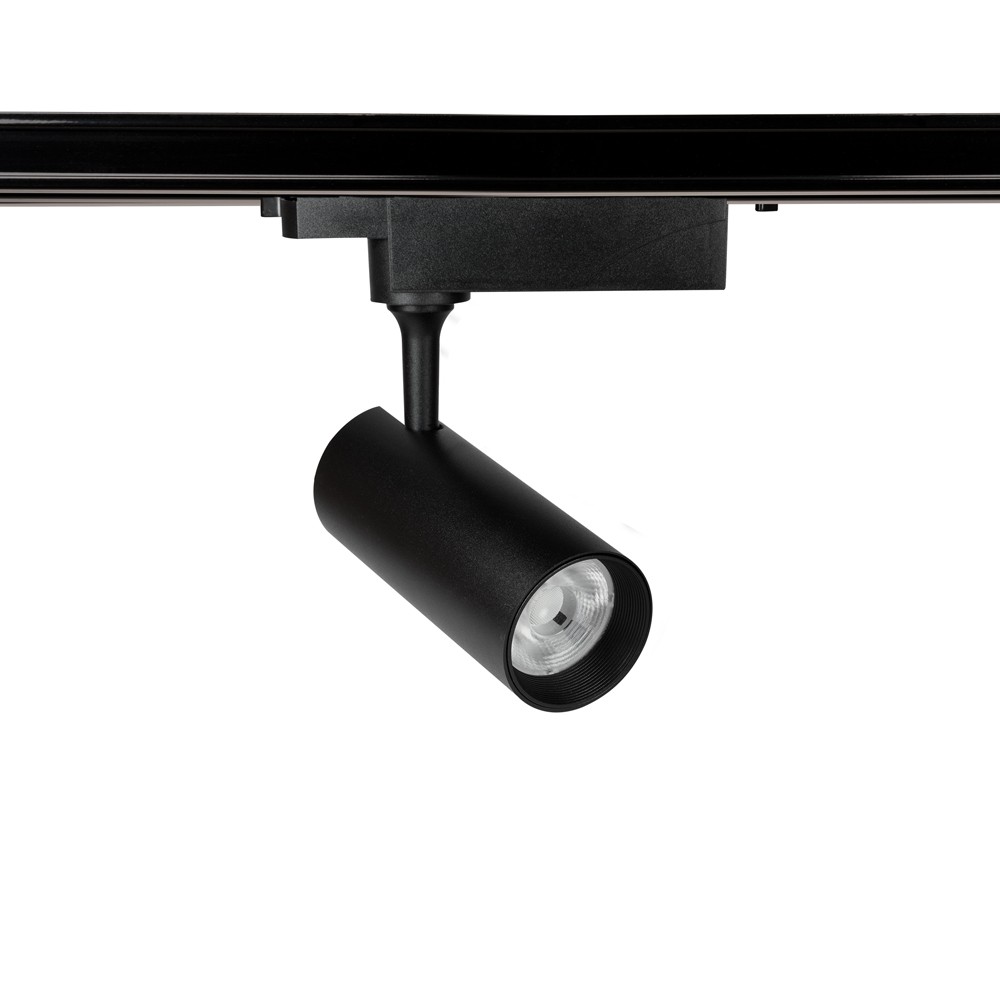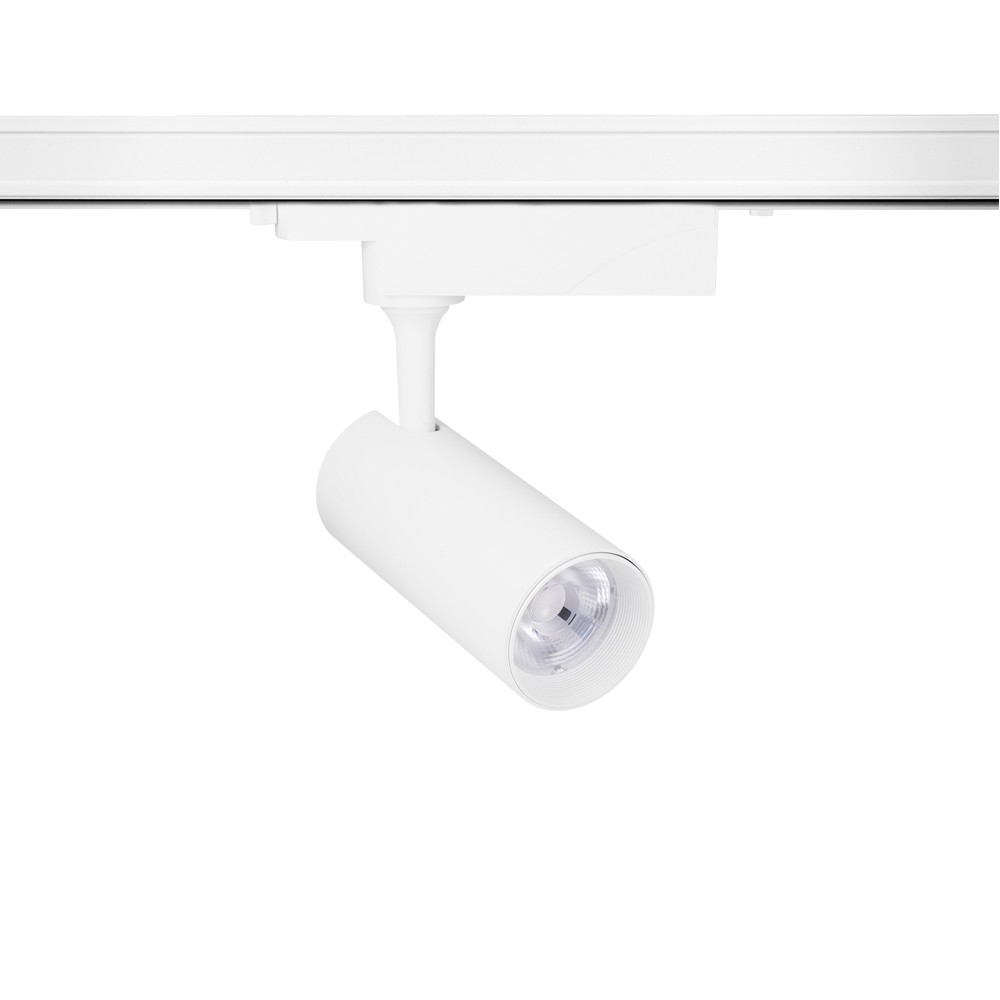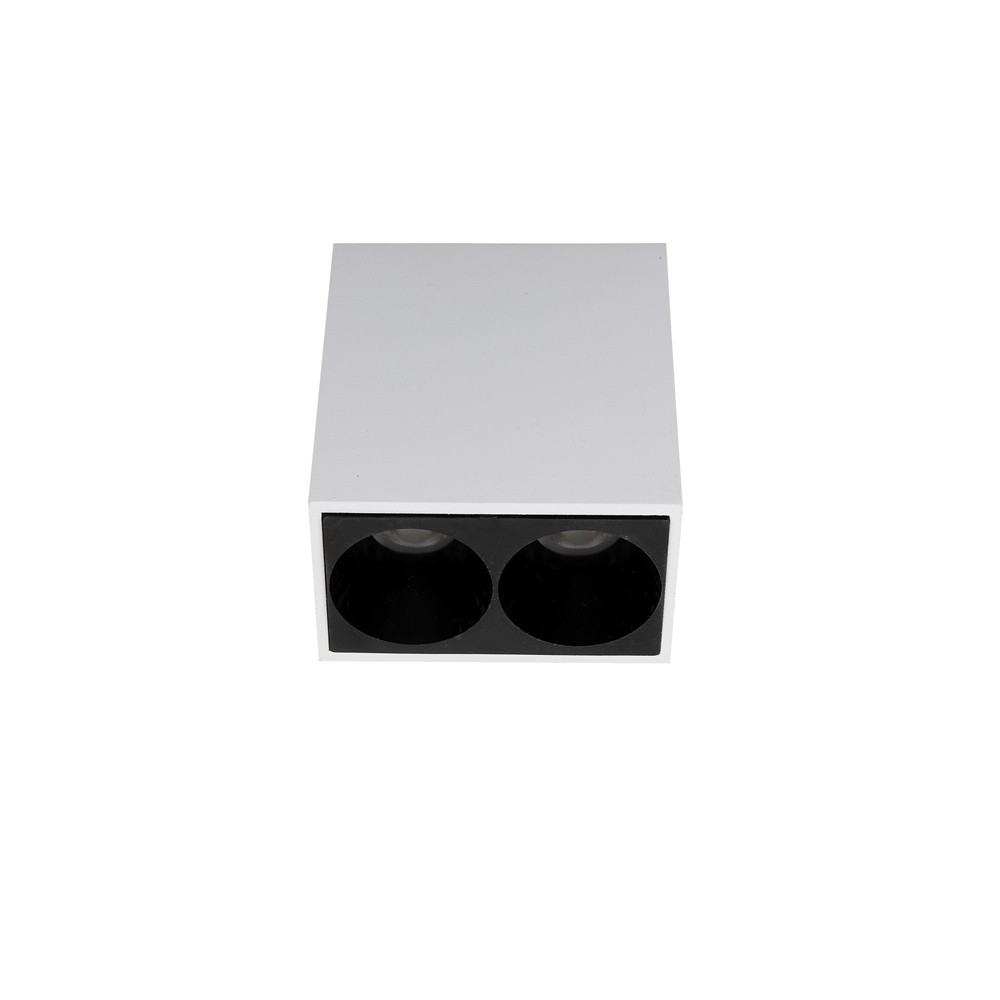One of the reasons why people decide to visit different regions of Iran is its magnificent houses and traditional architecture, which has been fully discussed in this article by the content team of Pollux Design. Whether you are interested in architecture or not, you will undoubtedly be thrilled by the ingenuity of these ancient houses. The innovative and eco-friendly design where the house was pleasant in cold winters and hot summer days is shocking. Not to mention the eye-catching designs, plastering, mirrors and paintings that symbolize the rich concepts of Persian. Colorful flowers are another remarkable feature of these houses that attracts many visitors.
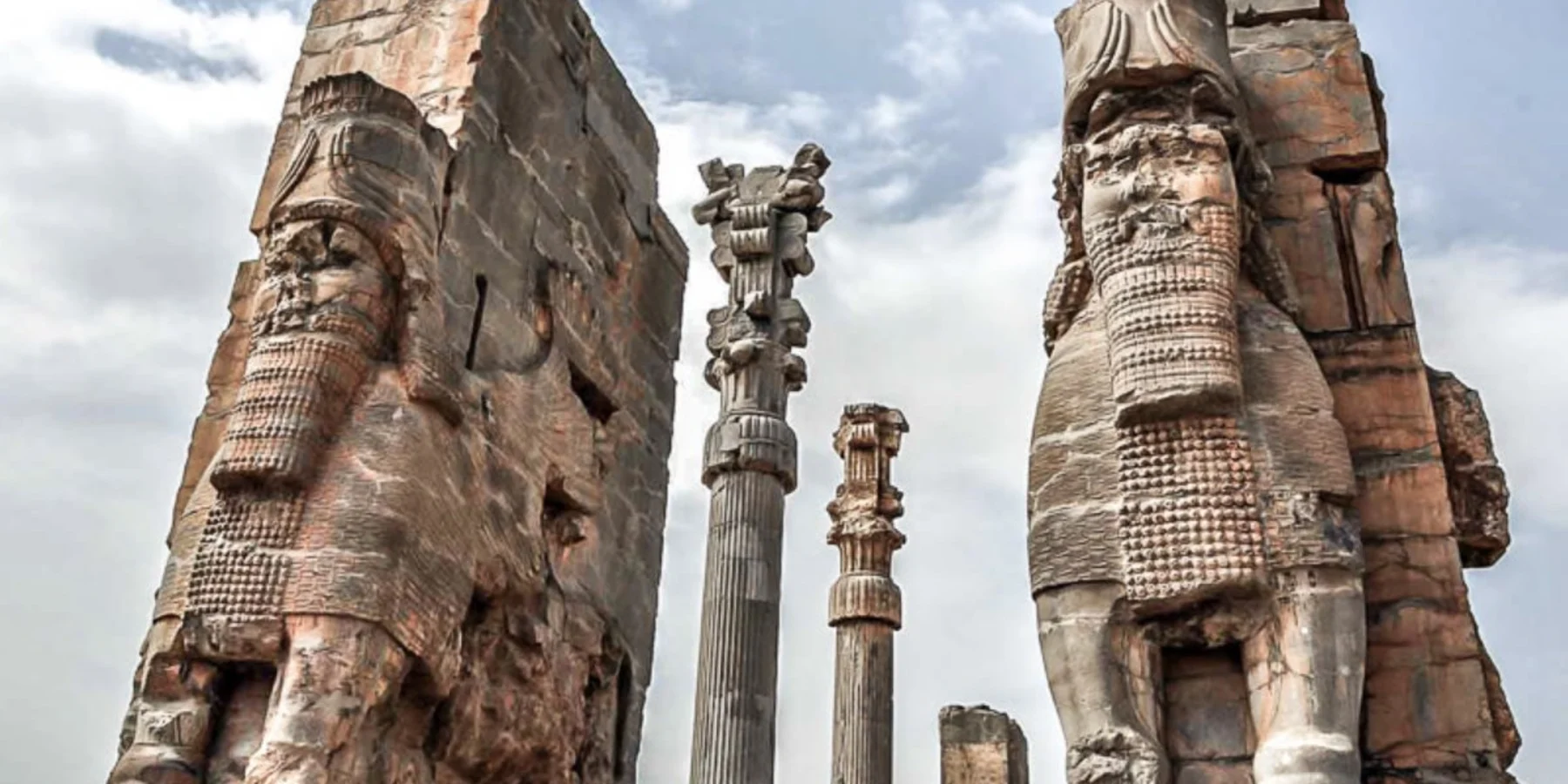
ancient Iranian architecture
In the contemporary era, Persian art and architecture are linked with the Iranian nation, and its starting point is usually considered to be the Achaemenid Empire (550-330 BC). But this art has a longer history and its origin goes back to the third millennium BC and before the arrival of the Persians to the Iranian plateau.
The art and ancient Iranian architecture were initially influenced by the ancient civilizations of the region, Elam and Suziana, as well as Mesopotamia, which was located in the neighbourhood of Iran. The oldest works of Elamian art focused on depicting animals and using geometric and imaginative designs, and the art of Susa, while following the same pattern, also added images of dogs.
Dogs seemed to be part of the most popular images in Suziana's artistic images. Chaghazanbil area with its ziggurat and high walls and a simple structure that is designed and implemented with the same precision is a very good example of Iranian architecture. Apart from the ziggurat itself, the techniques and designs used in this area would later influence Persian works.
Persian architecture
In 550 BC, the Achaemenid Empire was founded by Cyrus the Great (reigning years 550-530 BC) and the artworks of this period not only imitate the previous eras but also improve them. The best example of Achaemenid art and Iranian architecture can be found in Persepolis, the capital city that was planned and started by Darius I (ruled 552-486 BC) and started by his son Xerxes I (ruled 465-486 BC). Will be completed The old Elamite structures were built with mud bricks, but the primary materials used by the Achaemenians were stones decorated with relief motifs as decorations. Achaemenid jewellery is made of precious metals - generally gold - and precious stones and shows a high and admirable level of art.
Persian architecture reached its peak during the Sassanid period. During this period, some of the greatest monuments and works of art of the ancient world were created.
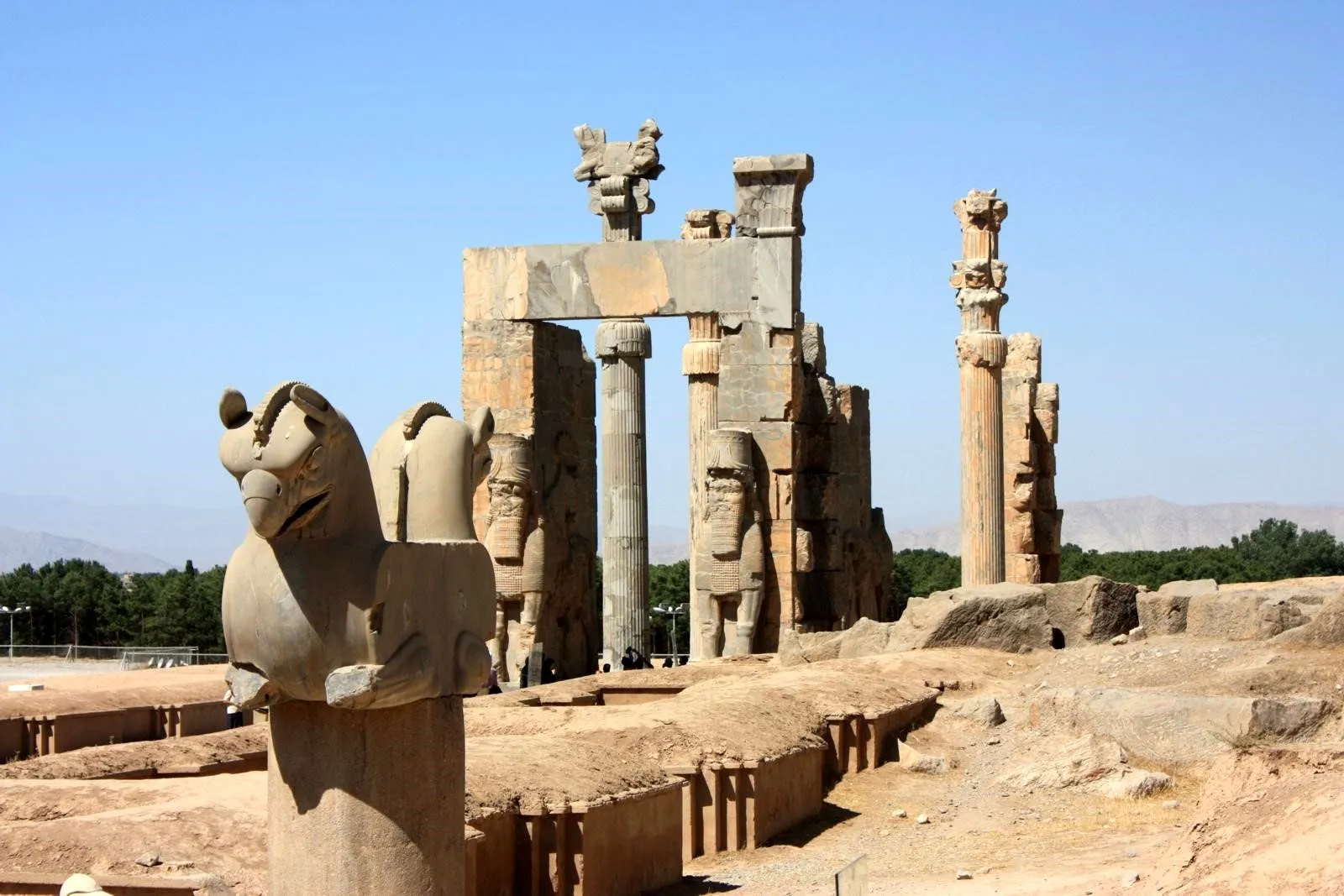
The progress and movement of Persian art during the Seleucid period (63-312 BC) is slow and slow, and it was revived again in the Parthian period (247 BC-224 AD) and in the Sassanid period (651-224 AD) reached its peak. The Sasanians drew inspiration from the rich history of their predecessors to create some of the greatest monuments and works of art of the ancient world. Even after the fall of the Sassanid Empire and the rise of the Muslim Arabs in 651 AD, the artistic innovations of the Persians maintained their influence on the art and architecture of the Islamic world, and today many of them are in line with the thoughts and beliefs of the Islamic world.
traditional Iranian architecture
The architecture of old Iranian houses has always inspired the new generation of Iranian architecture. Houses that had an interior and exterior, entrance hall, platform, corridor, vestibule and large and clean courtyards were inseparable parts of them. In this article, the Pollux team discuss the architecture of the old house, especially ancient Persian architecture. We write about the components of traditional Iranian houses and their characteristics and examine some examples.
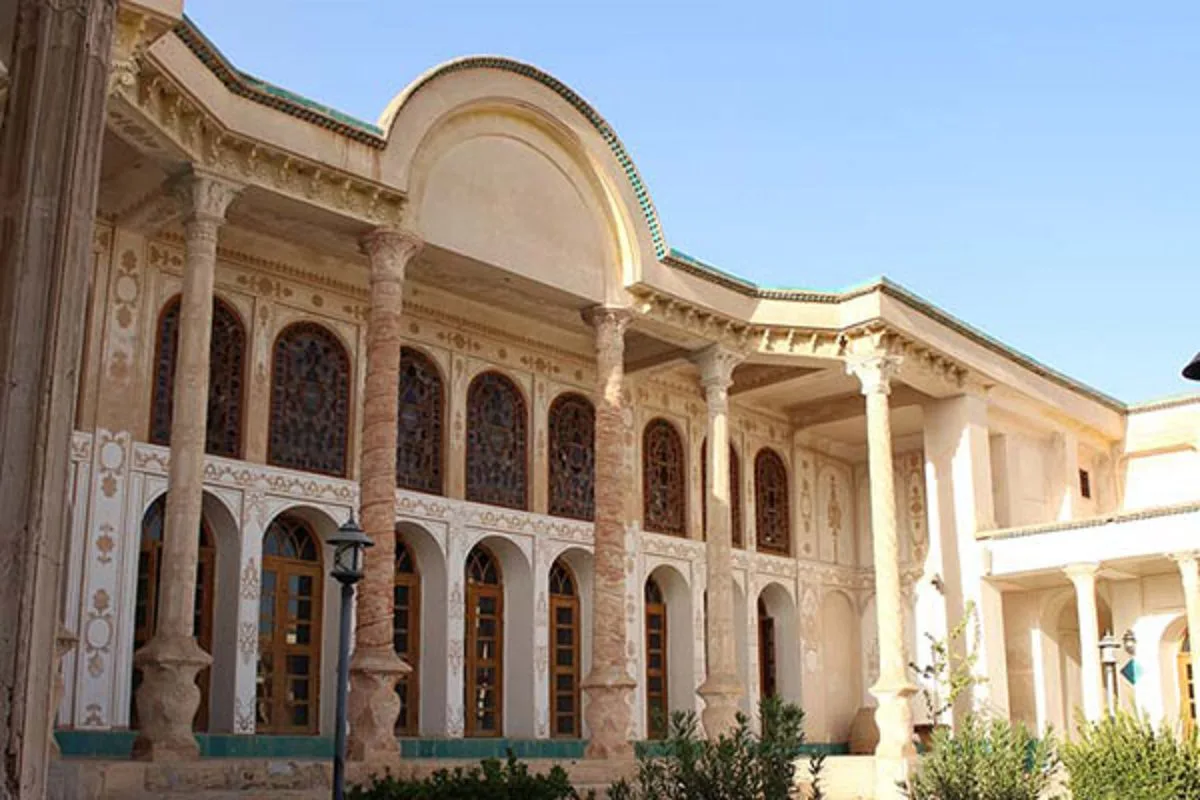
lighting
Lighting in the traditional Iranian architecture of old Iranian houses is one of the most influential elements in traditional architecture. Outdoor lighting has a double effect, especially in religious and glass buildings. Lighting is provided in both natural and artificial ways.
Usually, in this architecture, an attempt was made to build the building in such a way that the light is directed to the interior spaces and indoor lighting. This light was usually supplied through the creation of lattice windows and skylights that were created vertically and horizontally. Also, the control of this light was done by different shades.
Introduction of Khorasani style
The Khorasan style of architecture began in the first century of Hijri with the rise of Islam in Iran. Therefore, it can be said that it is influenced by the style of Islamic architecture. This style of architecture continued until the 4th century. But why was this style of architecture called Khorasani? After the coming of Islam, the construction of religious buildings and mosques began. The first buildings were built in Khorasan; Therefore, this style became known as Khorasani.
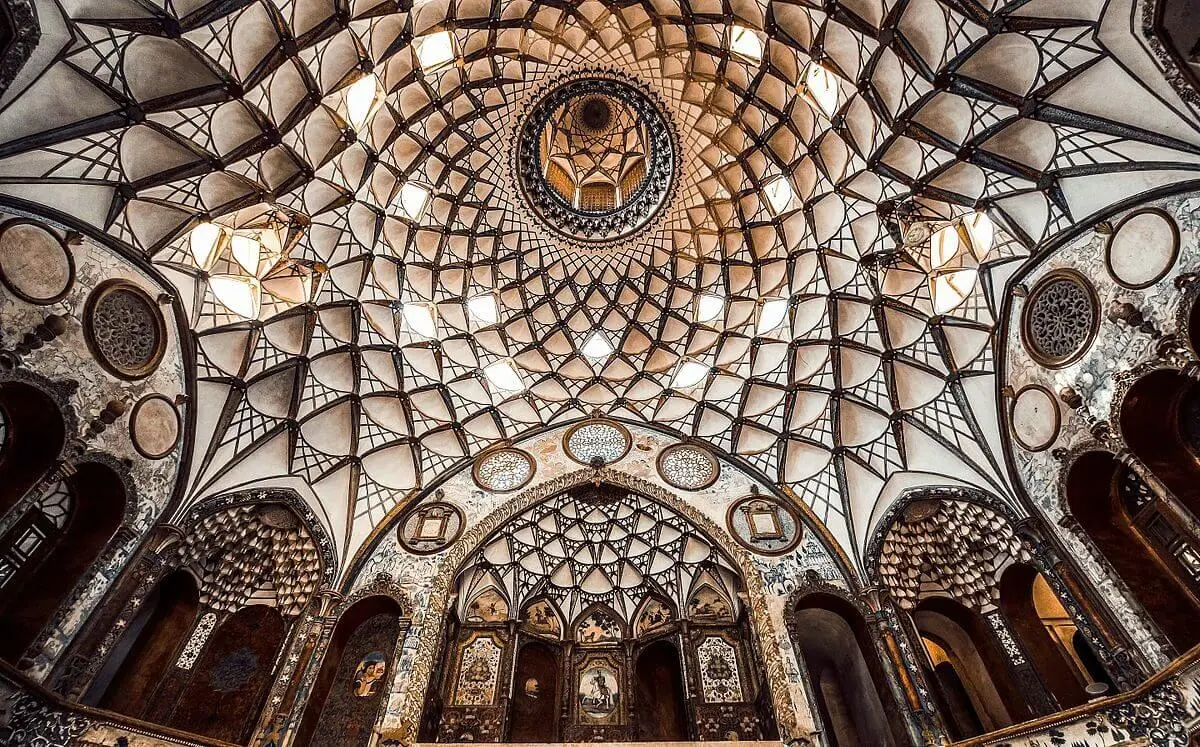
The pattern and design of the early mosques are an imitation of the Prophet's Mosque in Medina. This mosque had stone walls without mortar. The height of the walls was as tall as the tallest Arab man.
Among the most important examples of famous Iranian architecture and Khorasani-style buildings, we can mention Bam Citadel, Ardabil Grand Mosque, Niriz Grand Mosque, Meybod Grand Mosque and many grand mosques in different cities of Iran.
Some of the most important features of the Khorasani architectural style are:
- They are simple and have no decorations.
- They have a nave or forty-column space.
- Finally, in this style of architecture, the building is Iranian, and the plan and map are Arabic.
Introduction of Razi style
The style of Razi started from the time of Al-Ziyar and continued until the invasion of Iran by the Mongols. The heyday of this style was during the Seljuk period. In this style, the influence of the Persian style, the splendour of the Parthian style and the accuracy of the Khorasani style can be seen well.
The place of growth and development of Razi style was the city of Ray. The first such buildings were built in Shahreri and because of this, it was known as Razi style. He made great progress in the secret style of the arch and dome. Among the most important changes in this style, we can mention the removal of the nave, and its columns, and the construction of a porch, a dome, or a four-porch plan.
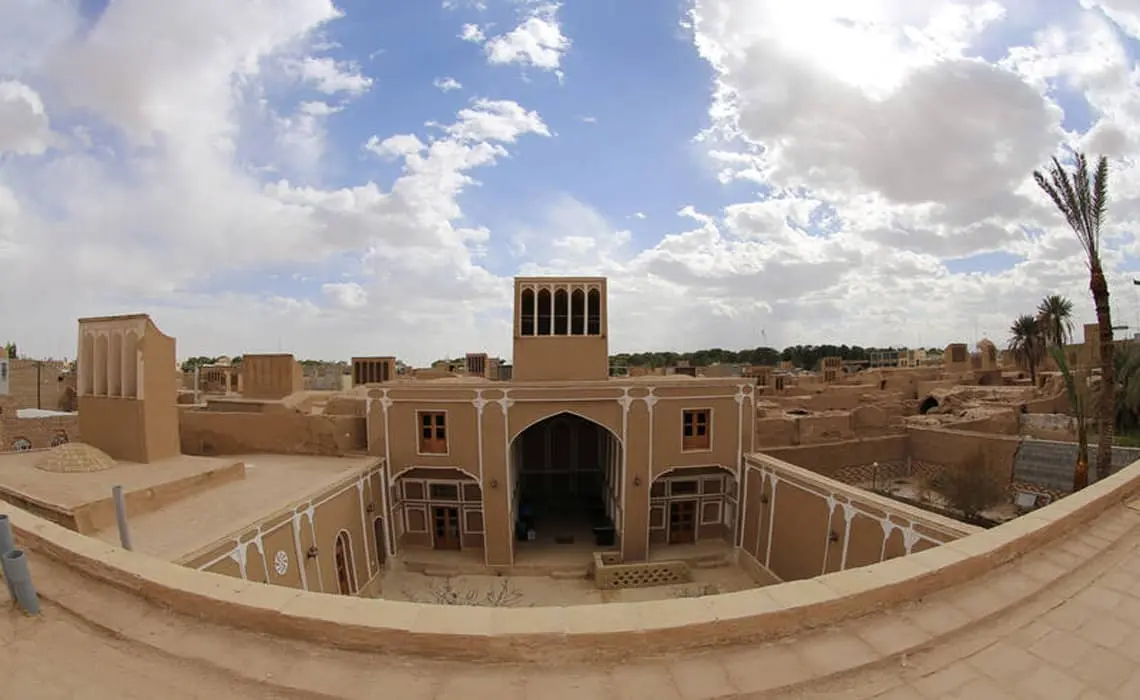
The Qaboos Dome of Gorgan, the Alawian Dome of Hamedan, the tower of Kharqan tombs in Hamedan, the Lajim Tower of Mazandaran, the Grand Mosque of Isfahan, the Grand Mosque of Qazvin and the shrine of Hazrat Abdul Azim are just a few examples of buildings built in the style of Razi architecture.
Some of the most important features of the Razi architectural style are:
- Transverse arches are used in it.
- Decorations such as plastering, brickwork, knot making and clay tiles are used.
- And finally, it has a rectangular plan.
Introduction of Isfahani style
This style started from the time of Qara Quyunluh and before the Safavids came to power. With the end of Muhammad Shah's reign, this style of architecture began to decline. The reign of Shah Abbas is considered the golden age of Isfahani style.
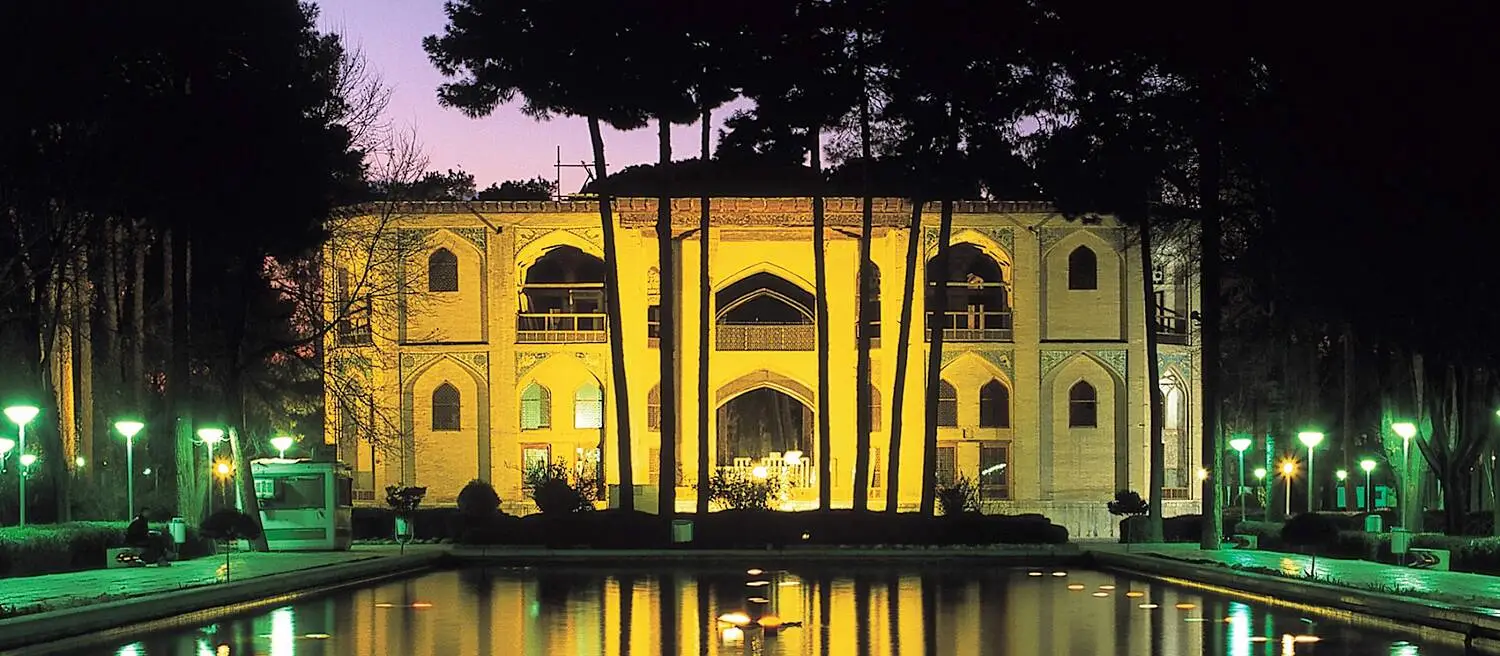
As examples of Isfahan-style buildings, we can refer to Chehl Seton Palace and Ali Qapoi Palace, Safi Abad Palace in Mazandaran, Ganj Ali Khan Complex in Kerman, Naqsh Jahan Square, Chehl Seton Palace and Hasht Behesht Palace of Isfahan.
Some of the most important features of Isfahani architecture are:
- It has a simple rectangular and polygonal plan.
- Quality and durable materials are used in the construction of the buildings.
- Finally, clay tiles, seven colours, Moqrans Kari, Yazdi bandi and formal bands have been used in the decorations.
The beginning of modern Iranian architecture is from around 1300 onwards; When Iran changed due to political, social and economic developments, the face of the cities changed and buildings necessary for new life such as offices, factories, banks, railway stations, universities, as well as new residential units and complexes were created in the cities.
These buildings were gradually designed by educated architects, unlike the buildings before contemporary history, which were designed and built by traditional architects. Educated architects were first non-Iranian architects, then Iranian architects who studied outside of Iran, and later architects who studied in the first school of architecture in Iran (around the 1320s).
Modern Iranian architecture is divided into four stages. The first period is from the Naseri era of 1251 AH to Pahlavi I, the second period from Pahlavi I 1011 AH to Pahlavi II, the third period of Pahlavi II 1000 AH and the fourth period of Pahlavi II to Islamic Republic.
